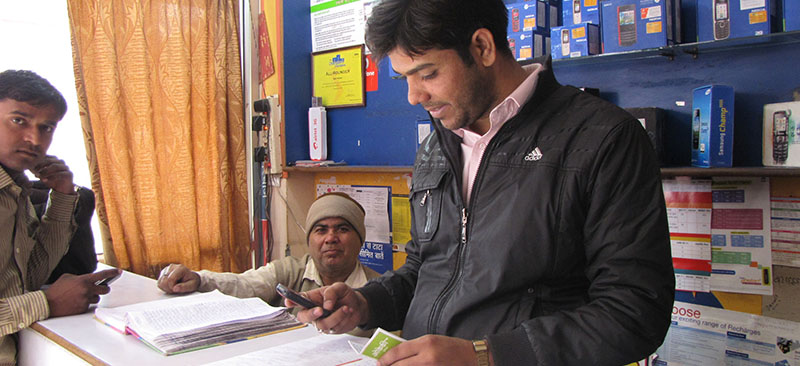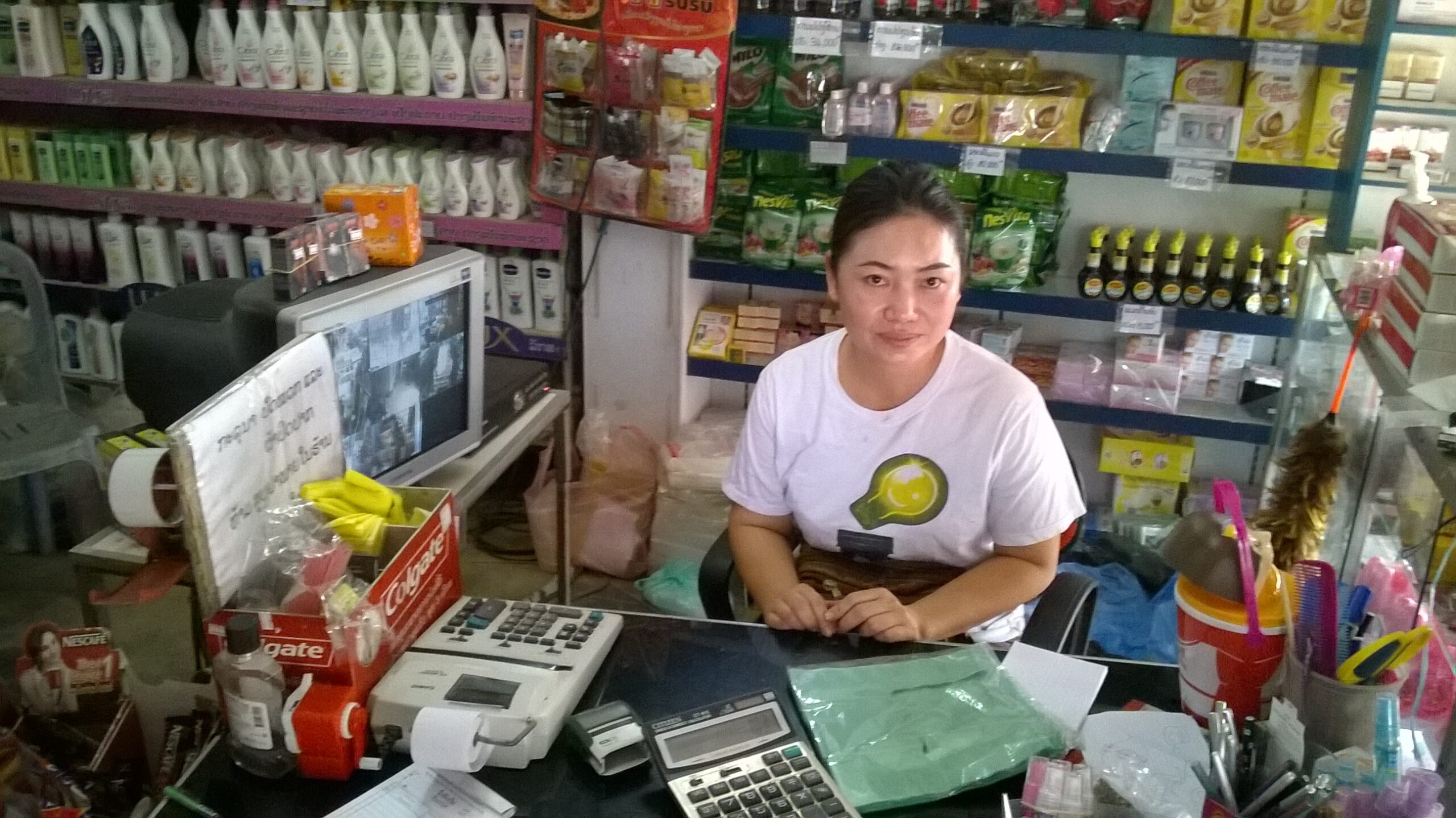IMPS or the interbank mobile payment system is a service offered by the National Payments Corporation of India (NPCI). The IMPS provides a platform for account holders of participating banks to transfer money to any other account holder in the network. The only prerequisite is a mobile handset. Currently eight banks (representing about half of the bank accounts in India) are participating in the network while six others are under IMPS certification. The present regulations provide ample scope for banks and financial institutions to explore ways of reaching out to the un- and under-banked. Cooperation and coordination will be required to take advantage of the potential of these technological solutions and to create the type of inter-operable solutions that will lead to massive uptake and financial inclusion.
Blog
Individual Lending Booklet
The Individual Lending Booklet is the fifth publication under the Optimising Performance and Efficiency (OPE) Series. The OPE Series brings together key insights and ideas on specific topics, with clear objective of providing microfinance practitioners with practical and actionable advice.
Most MFIs have started to realise the importance of introducing individual lending, however because it requires a paradigm shift many MFIs struggle to initiate IL programmes. Thus individual lending is in its infancy in many markets worldwide, and institutions are still learning to cope with the challenges and risks of operationalising this product. Some significant issues in introducing individual lending are: increased information asymmetry; absence of group-based guarantees; comparatively higher-value loans; and the resulting higher credit risk. Individual lending requires different processes and systems such as: sophisticated and flexible MIS to gather and analyse client information; and highly skilled staff with ability to conduct detailed due-diligence (to assess the market, management, suppliers, customers of the business to be financed) and prepare realistic cash flow analyses and assess collateral.
This booklet brings together a set of brief publications which extract key lessons from MicroSave’s rich expertise and experience, combining these with the views and opinions of leading practitioners.
Microfinance in a Dynamic Market: Financiera CREAR Peru Part 2
In this video series-2 Marcos Corrales, manager of Financiera CREAR’s Lima regional branch (Peru) shares the company’s goal to achieve high productivity. Sharing his experience, Marcos says to achieve high productivity CREAR managers focus on various areas starting from staff selection, proper and extensive trainin, and incentive based income structure for the bank staff. He further discusses CREAR’s various financial products designed to meet the requirements of specific target groups such as a loan product for single working woman.
Microfinance in a Dynamic Market: Financiera CREAR Peru Part 1
In this video series-1 Marcos Corrales, manager of Financiera CREAR’s Lima regional branch (Peru), talks about the success factors that contributed to the strong growth and performance of their lending activities. Peru is one of the most dynamic microfinance markets in the world. Marcos, who heads seven branches, tells that they started as an NGO 12 years back and have converted to for- profit venture. CREAR serves the micro-credit sector basically the micro-entrepreneurs. He further informs about loan products in their portfolio for various purposes such as for working capital, home loan etc.
Understanding remittance networks in Gujarat, Orissa and Bihar
This research explores the remittance options currently available to Indian migrant workers in Gujarat and recipient families in rural Orissa and Bihar. It also examines the benefits of a business correspondent remittance service.
Multiple borrowing in the Philippines
To better understand multiple borrowing and its association with over indebtedness, MicroSave partnered with TSPI to study the phenomenon, which found strong evidence of multiple borrowing among urban-based women micro entrepreneurs.



